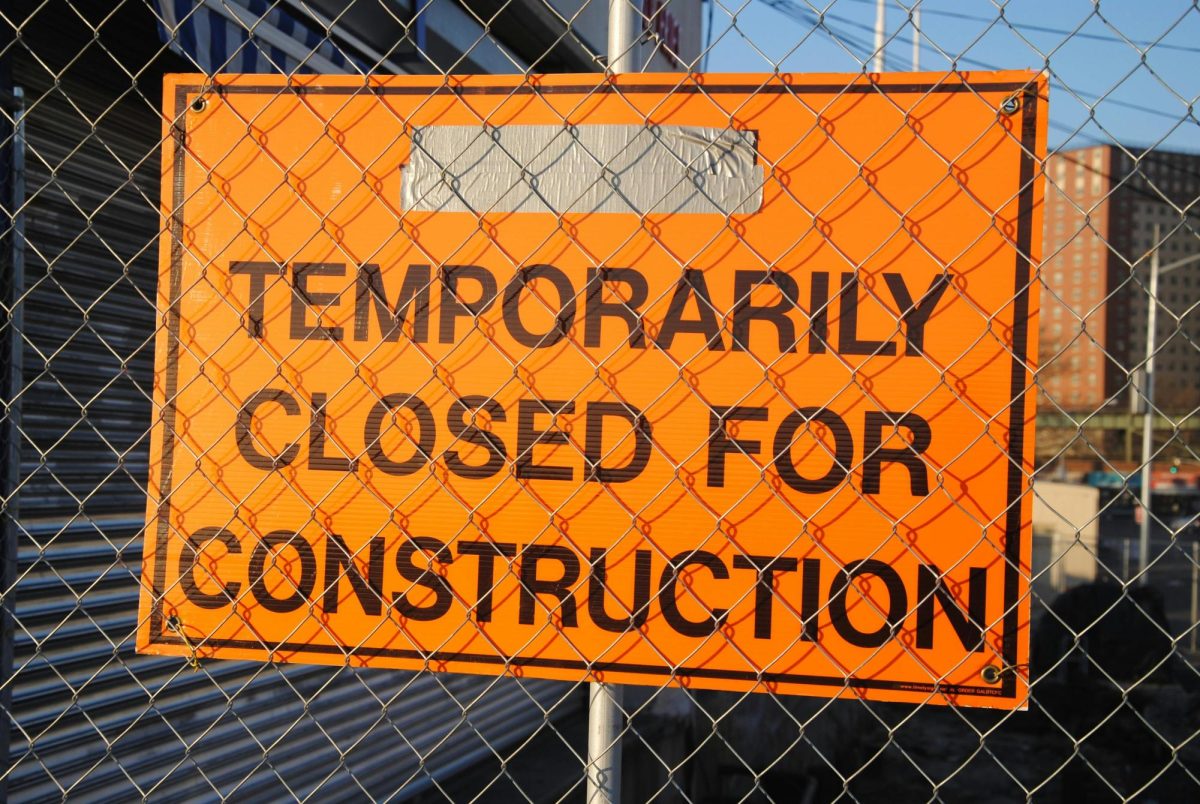Climate change and the El Niño weather pattern negatively affected the environment in Latin America over the past year, creating a trickle-down effect of damage.
El Niño is a warm weather pattern that occurs every few years. It involves the warming of the Pacific Ocean near the equator, which can result in droughts, flooding, wildfires and heat waves, contriuting to South America’s vulnerable.
The El Niño weather events have worsened climate change including sea level rising at a faster rate.
In 2023, Brazil was hit with intense heat waves. Temperatures reached as high as 105 degrees in certain parts of the country during the winter months (June through August). The heatwaves, along with drought, impacted Lake Tefé of the Amazon River killing over 150 river dolphins by the end of September.
“The Amazon is experiencing an extreme drought that has reduced the flow of its main rivers,” said the World Wildlife Fund Brazil.
In Peru, the heat along with heavy rainfall has increased the mosquito population. Cases of the mosquito-borne disease dengue fever reached an all-time high, with over 270,000 reported in the country. The dengue outbreak was so large that a national sanitary emergency was declared.
Although the harsh heat from El Niño affects many different countries, Mexico is the most negatively impacted.
In October 2023, Hurricane Otis hit Acapulco, Mexico. Within only 12 hours, the storm jumped from a tropical storm to a category five hurricane. Officials were unable to predict the severity of the storm, resulting in a costly and devastating aftermath.
Claudia Rojas of the Department of Process Engineering and Hydraulics of the Metropolitan Autonomous University (UAM) elaborated on the correlation between the storm and El Niño, “There is a hypothesis that it could be related to the rise in ocean temperature, which does not mean that there are more hurricanes, but it does mean that when there is one, the cyclone accelerates its formation by taking on more energy under these conditions.”
Once the hurricane weather passed, droughts became more prominent, especially in Northern South America. Over 3/4-ths of Mexico experienced some level of drought by the end of 2023. Droughts had a larger impact on more rural areas as well as women, Indigenous groups and people with disabilities. These smaller areas have little access to resources and effective ways to collect water.
Countries like Bolivia are suffering from climate change through natural disasters such as droughts and floods. Droughts began after a warm winter, resulting in several heat advisories issued and water conservation being implemented.
Once the drought was over, the rain came. However, the rain affected areas that do not absorb water very well. This resulted in flooding that killed two people and left hundreds displaced.
The Panama Canal also suffered immense damage due to the lack of rainfall. The canal, one of the world’s most important trade routes, was set back last year due to low water levels. The typical 36 ship transits were reduced to only 24, delaying shipments of goods.
The Panama Canal Authority addressed the lower water levels by proposing to create a new reservoir to keep shipments running during drought seasons. Additionally, the canal’s infrastructure needs to be improved.
Drier weather conditions lead to wildfires. This year, both Bolivia and Brazil experienced record-breaking wildfires, most of which occurred since July. Bolivia received more than 29,000 alerts and Brazil had more than 47,000 in 2024.
The El Niño phenomenon and climate change effects even the more rainy environments like the Amazon River. The Amazon River took a considerable amount of damage this year since around 60% of the river occupies Brazil.
In just the month of February, there was an outbreak of wildfires in Chile, killing around 131 people with hundreds still missing. Officials looked into what the causes were and a majority link back to El Niño. The U.N. Office for Disaster Risk Reduction said the fires are “believed to be Chile’s deadliest forest fire on record.”
The impact of both climate change and El Niño in the past year imposes extreme weather in Latin America, emphasizing the region’s vulnerability to environmental disasters to come.






